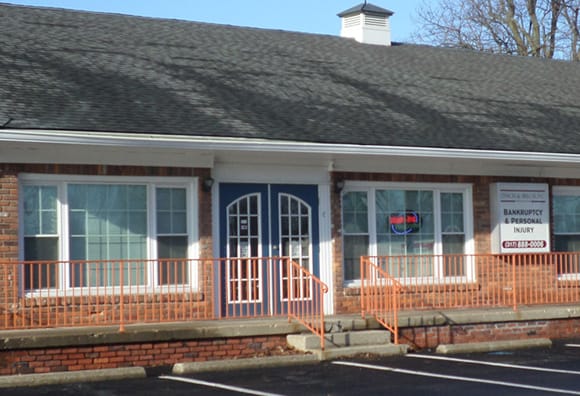Facing the prospect of foreclosure can be a daunting experience, triggering stress and uncertainty about the future of your home. In such challenging times, it is important to understand your options.
One avenue to explore is Chapter 13 bankruptcy. It is a potential lifeline that could help you prevent foreclosure and regain control of your financial situation.
How Chapter 13 bankruptcy works
Chapter 13 bankruptcy, often referred to as a “wage earner’s plan,” provides individuals with a structured means to reorganize their debts and establish a manageable repayment plan. Unlike Chapter 7 bankruptcy, which involves liquidating assets to discharge debts, Chapter 13 focuses on restructuring and repaying creditors over a specified period, typically three to five years. This unique feature makes it a powerful tool for homeowners facing foreclosure.
Halting foreclosure with the automatic stay
Upon filing for Chapter 13 bankruptcy, an automatic stay goes into effect. This legal provision serves as a shield against foreclosure proceedings. The automatic stay immediately puts a halt to any attempts by creditors, including mortgage lenders, to pursue collection activities or foreclose on your home. This breathing space offers homeowners the opportunity to develop a repayment plan that aligns with their financial capabilities.
Creating a feasible repayment plan
A key aspect of Chapter 13 is the formation of a repayment plan approved by the court. This plan outlines how the debtor will repay their creditors over the designated period. Importantly, it includes provisions for catching up on missed mortgage payments. By adhering to this plan, homeowners can work towards resolving their financial difficulties and ensuring the preservation of their homes.
Chapter 13 bankruptcy can serve as a powerful tool and provide a structured path toward financial recovery.


